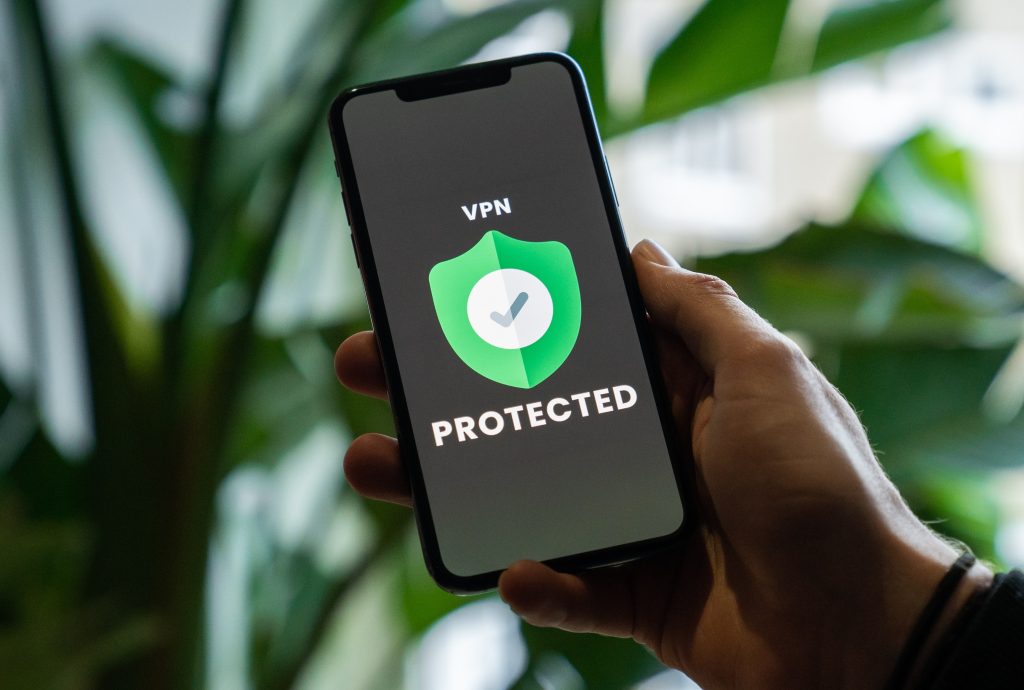Zero Trust Information Security is a new approach to information security. Further, based on the assumption that every user and device is untrustworthy. Information security focuses on protecting the organization’s data. From being accessed by unauthorized persons, with the goal of preventing data breaches. And eliminating all non-compliance with applicable laws and regulations.
The Zero Trust Information Security approach was developed by Forrester Research in 2013. It’s to describe a new security architecture that shifts the traditional focus from the network perimeter to users and devices. Also, with the goal of gaining visibility into who is accessing the network, and applications and data.
Zero Trust Information Security focuses on three key concepts: Access Control, Authentication and Authorization. The model requires an organization to change its security policies and procedures. Also, to assess risk at every interaction between users and systems. The main objective of this model is to reduce security costs by focusing on the least privilege levels. Also, continuous monitoring and auditing rather than trying to secure everything.
How does Zero Trust Information Security work?
This requires organizations to implement new policies and procedures. Hence, focuses on visibility into who is accessing their networks, applications, devices etc. The goal of this model is to gain visibility into who is accessing your systems. And what they’re doing (with their identity), without having to rely on firewalls or gateway devices that you can’t trust.
With this new system, you’ll be able to enforce the least privilege levels, continuous monitoring services and auditing of resource usage instead of trying to secure everything.
With Zero Trust Information Security you’ll also be able to reduce your security costs. Further, by requiring users to use specific applications instead of using their own devices such as USB drives or external hard drives. This will prevent any hidden-data transfer methods. Such as sharing files via email attachments or USB drives, which could lead to security breaches. If these methods are used without authorization/approval from IT staff.
Limiting access can also prevent employees from working remotely on corporate networks when not authorized. It will also reduce the risk of potential data loss due to accidental file transfers between devices in the network or through removable media such as USB devices or external hard drives.
Zero Trust Security focuses on three key concepts: Access Control, Authentication and Authorization.
What is Access Control?
Access Control is on the idea that every user or device accessing your network, applications, and data must be authorized to do so. This is similar to the concept of least privilege levels. With Zero Trust Information Security every person who wants to access your network, applications, or data needs to authorize. There are several different types of access models that can be safe with the Zero Trust Information Security model:
What is Authentication?
Authentication is the process of confirming that the person or device is who you think it is. This involves verifying the identity of a user when they are accessing your network, applications and/or data.
There are several types of authentication methods that you can implement in a Zero Trust Information Security model: Multi-Factor Authentication (2FA): This type of authentication uses two or more authentication factors to confirm that a user or device is who they claim to be. “Authentication factors” include Something you know (i.e., password), something you have (i.e., security token) and something you are (biometric).
What is Authorization?
Authorization is the process of granting or denying a request for access to a resource. In a Zero Trust Information Security model, this is by requiring users to authorize before they can access your systems. This is by assigning users least privilege levels and defining strict policies that limit access to specific systems and applications.
Users will also not be able to use their own devices such as USB drives or external hard drives when accessing the corporate network. Authorized users will also have to use specific applications instead of using their own devices (such as USB drives or external hard drives) to transfer data. This reduces the risk of accidental file transfers between devices in the network or through removable media such as USB devices or external hard drives.
